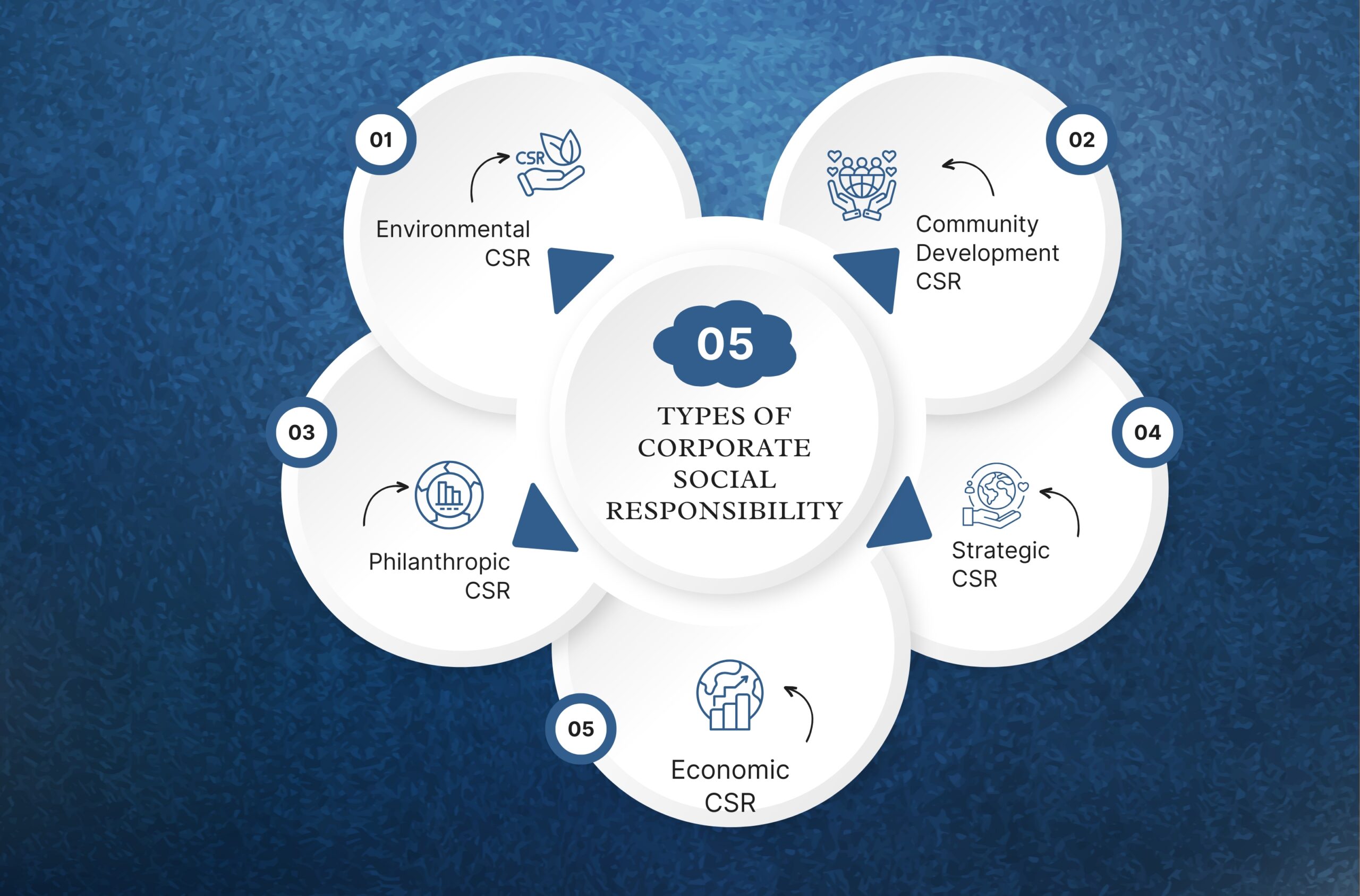Today, Corporate Social Responsibility (CSR) has emerged as a critical component of companies’ strategies to connect with their consumers and contribute to society. One area where CSR has taken center stage is advertising. Over the years, the role and significance of CSR in advertising have evolved significantly, reflecting changing consumer expectations, societal values, and business imperatives.
This blog explores the evolution of CSR in advertising, from its humble beginnings to its present-day integral role in shaping brand identity and consumer perceptions.
Contents
Understanding Corporate Social Responsibility (CSR) in Advertising
Corporate Social Responsibility (CSR) refers to the practice by which businesses and organizations take deliberate actions to positively impact society and the environment beyond their primary financial goals. It involves integrating ethical, social, and environmental concerns into business operations and decision-making processes. CSR entails initiatives that go beyond legal requirements, demonstrating a commitment to sustainable practices, ethical conduct, community engagement, and the well-being of various stakeholders, including employees, customers, communities, and the environment.
Types of Corporate Social Responsibility
Corporate Social Responsibility (CSR) encompasses a variety of approaches and initiatives that businesses undertake to address social, environmental, and ethical concerns while contributing positively to society. CSR initiatives are often categorized into different types based on their focus and impact. Here are some of the main types of CSR:

1. Environmental CSR:
This type of CSR focuses on a company’s impact on the environment. It involves initiatives aimed at reducing the company’s carbon footprint, conserving resources, promoting sustainable practices, and addressing issues such as pollution and waste management. Environmental CSR often includes efforts like adopting renewable energy sources, implementing recycling programs, and reducing water consumption.
2. Philanthropic CSR:
Philanthropic CSR involves charitable giving and supporting various social causes and organizations. This can include donations to non-profits, community development projects, disaster relief efforts, and educational programs. These initiatives aim to directly benefit communities and address pressing societal needs.
3. Economic CSR:
Economic CSR focuses on how a company contributes to economic development and prosperity within its community or region. This can involve providing job opportunities, promoting local entrepreneurship, and supporting economic growth through responsible business operations. Companies engaged in economic CSR often prioritize creating long-term sustainable value for the community and society.
4. Strategic CSR:
Strategic CSR integrates social and environmental considerations into a company’s core business strategy. It involves identifying opportunities for mutual benefit where societal and business interests align. For example, a company might develop products or services that address a social need while generating revenue. Strategic CSR goes beyond philanthropy to create sustainable business models that contribute positively to society.
5. Community Development CSR:
Community development CSR involves working directly with local communities to address their needs and enhance their well-being. This could include initiatives such as building schools, healthcare facilities, and infrastructure, as well as supporting community-based programs that empower residents.
CSR as a Competitive Advantage
In recent years, CSR has evolved into a competitive advantage. Brands that demonstrate a strong commitment to social and environmental causes often outperform their competitors. According to a study by Nielsen, 66% of global consumers are willing to pay more for products and services from companies committed to positive social and environmental impact.
The Role of Social Media in CSR
Social media platforms further accelerated the evolution of CSR in advertising. Companies found new ways to engage with consumers on issues they cared about. Movements like the #BlackLivesMatter and #MeToo campaigns demonstrated how social media could amplify voices and hold corporations accountable for their actions, both internally and in their advertising.
The Future of Corporate Social Responsibility (CSR) in Advertising
Looking ahead, the evolution of CSR in advertising is unlikely to slow down. As societal challenges continue to mount, consumers will expect companies to take a more active role in addressing them. This may include tackling issues such as climate change, income inequality, and access to healthcare. Additionally, emerging technologies like virtual reality and augmented reality will provide new avenues for immersive and impactful CSR campaigns.
Conclusion
The evolution of Corporate Social Responsibility in advertising reflects broader shifts in societal values, consumer expectations, and business practices. From the early days of detached philanthropy to the present era of purpose-driven storytelling, CSR in advertising has transformed into a powerful tool for brands to connect with their audience and make a positive impact.
As consumers become more conscious of their choices and demand authenticity, the future of CSR in advertising promises to be one of deeper integration, transparency, and meaningful engagement between brands and consumers.
Frequently Asked Questions (FAQs)
- Why is CSR important for businesses?
CSR is important for businesses because it can enhance their reputation, build trust with stakeholders, attract socially conscious consumers, improve employee morale, and reduces risks.
- What are the main categories or types of CSR initiatives?
CSR initiatives can be categorized into types such as Strategic CSR, Environmental CSR, Economic CSR, Philanthropic CSR, Strategic CSR and Community Development CSR.
- What are some examples of CSR initiatives?
Examples of CSR initiatives include reducing carbon emissions, supporting local communities through charitable donations, promoting fair labor practices, sourcing sustainable materials, creating products that address social needs, and ensuring workplace diversity and inclusion.
- How can companies choose the right CSR initiatives for their organization?
Companies should consider their core values, stakeholder expectations, industry context, and the specific social and environmental issues relevant to their businesses when choosing CSR initiatives.
- How do consumers support CSR efforts?
Consumers can support CSR efforts by choosing products and services from companies with strong CSR commitments, advocating for ethical and sustainable practices, and participating in volunteer or charity activities organized by companies.


